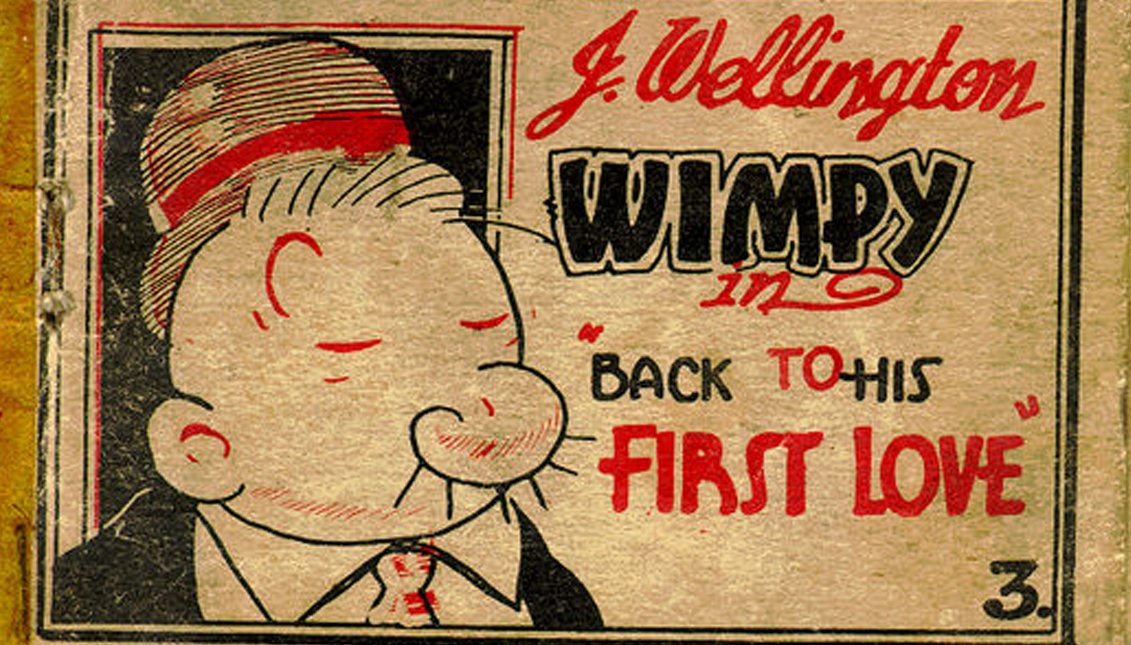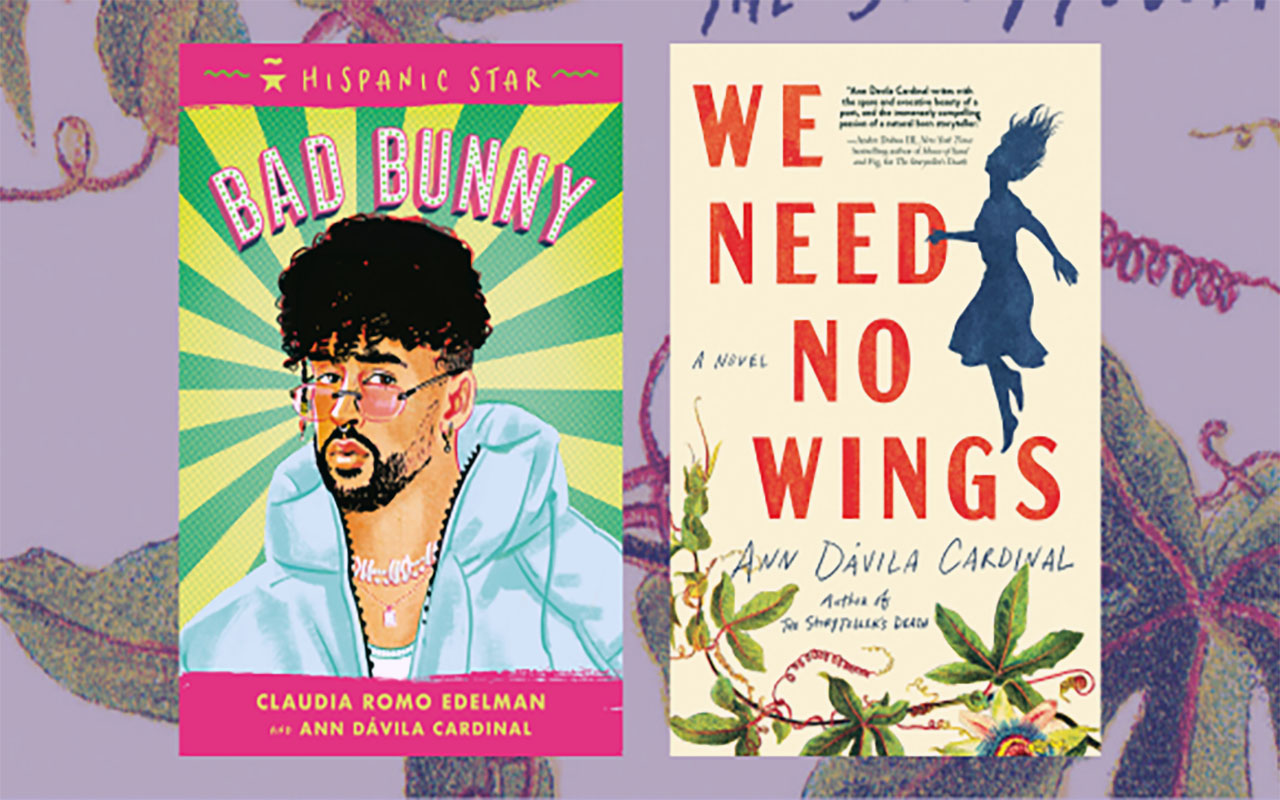
Tijuana Bibles, the stigma of the border as a place of perdition
"Everything can happen at Tia Juana. The town is a Mecca for prostitutes, liquor sellers, card sharks and other American vermin."
Now that French director Jean-Charles Hue's film The Tijuana Bible was released in France, an arsenal of clichés about the border as a place where there is only violence and fleabag hangouts, it is inevitable to think — although perhaps too much to think — that the Frenchman deliberately tried to apply some of the old imagery that accompanies Tijuana, especially in the years of the Great Depression, when many Americans visited the city in search of wild parties, prostitutes, and alcohol. Even U.S. porn producers crossed the border to settle in the city and start shooting all kinds of X-rated movies, some of which crossed any boundary.
This is how the San Diego Methodist Church's Abstinence, Prohibition and Public Morality Board described the border town in the 1920s:
"Anything can happen at Aunt Joan. There are gambling machines, big bars for drinking, dance halls, beer gardens, beds for prostitutes, cockfights, dog fights, bullfights... The town is a Mecca for prostitutes, liquor sellers, card sharks and other American vermin."
No wonder that underground pornographic comics, which were distributed clandestinely between the 1920s and 1950s, became known as 'Tijuana Bibles'.
The comics featured popular characters such as Betty Boop, Mickey Mouse, Superman and Captain Marvel. But over time, characters from children's stories and Hollywood stars like Greta Garbo and Cary Grant also became part of the cast. And, of course, there were Bibles devoted to politicians of the day.
RELATED CONTENT
The eight-page booklets, which imitated the style of popular newspaper strips, were sold illegally in bus stations, canteens, barber shops or markets, and carefully hidden by their buyers. These Tijuana Bibles not only sought to turn the reader into a voyeur of fantasies that they could not fulfill in real life — especially the one that was falling on hard times in the United States in the 1930s — but also to make a satire of the morality that permeated all areas of society.
Although its authors were hiding under nicknames, there was a well-known cartoonist among them, such as Weslet Morse, the creator of some comics that appeared on the wrapping of Bazooka gum and the logo of the Copacabana club. There were also cartoonists who worked for newspapers, such as the Brooklyn Eagle, but most of the illustrations were of rather poor quality.
Although during World War II soldiers carried these erotic fanzines in their backpacks, the rise of pin-up magazines and later the birth of Playboy progressively banished these Bibles, which ended up being mere political satire and disappeared.
However, they inspired many counter-culture artists, such as Harvey Kurtzman or Robert Crumb in the 1960s.
Like most of the US-Mexico border, Tijuana is much more than the clichéd image that prevails and is fed by the Hollywood industry and the media. It's beautiful, a city of nature, culture and good border people. Perhaps today more than ever we need a new Tijuana Bible. Some apocryphal gospels.











LEAVE A COMMENT:
Join the discussion! Leave a comment.